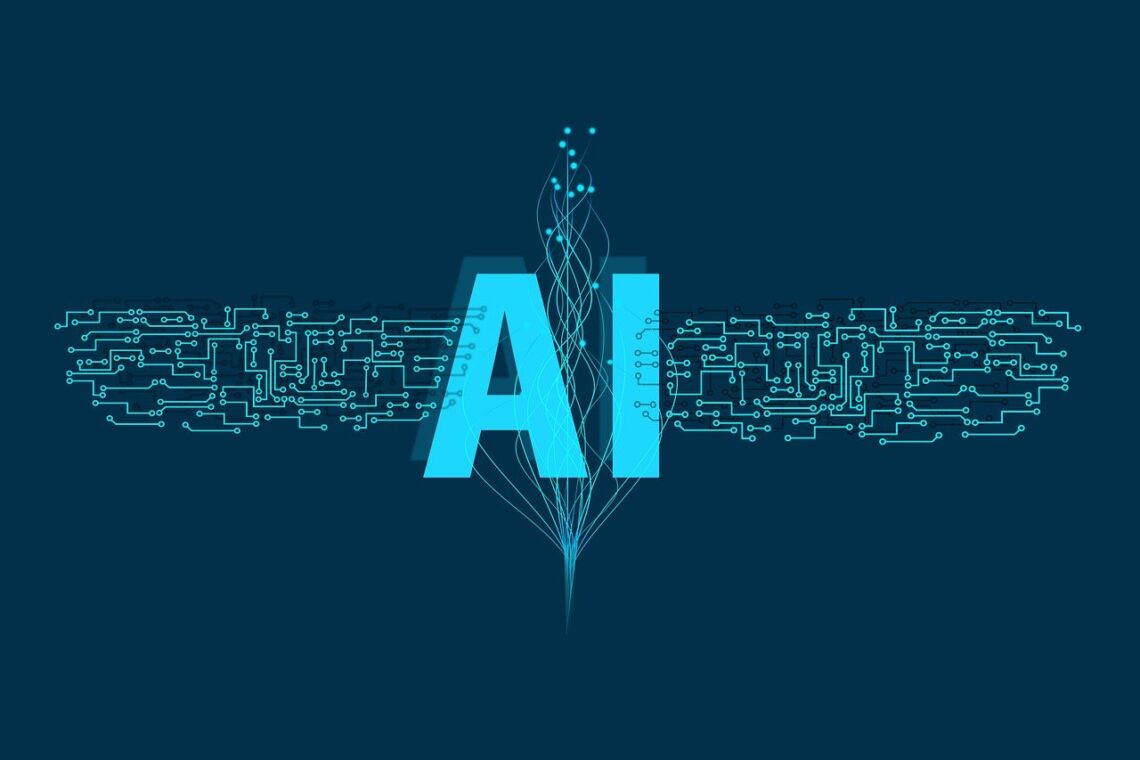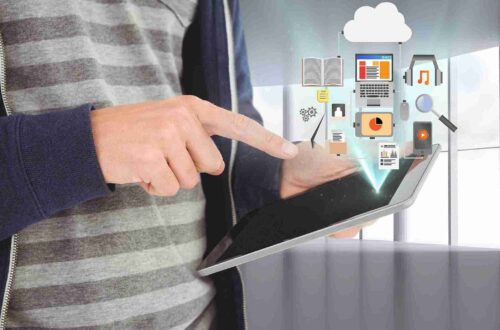In recent years, artificial intelligence (AI) has permeated nearly every corner of technology, and one of its most fascinating applications lies in the realm of visual content creation. AI image generators are reshaping the landscape of digital art, enabling both amateur and professional creators to produce striking images quickly and with minimal effort. These powerful tools are not just a passing trend but a revolutionary shift that will continue to impact industries ranging from entertainment to marketing.
What Exactly Is an AI Image Generator?
An AI image generator is a type of machine learning system that uses algorithms to create images based on user input. Typically, these tools rely on large datasets of images and patterns, learning how to generate new visuals that adhere to specific prompts or patterns. By inputting simple descriptions, like “a dragon flying over a mountain range at sunset,” the AI can instantly produce a visually compelling image that matches the request.
Unlike traditional methods of creating art or graphics, which require skilled artists and substantial time investment, AI image generators can churn out professional-quality images in a fraction of the time. This is thanks to the power of deep learning techniques like Generative Adversarial Networks (GANs) and diffusion models, which allow AI to understand and generate highly realistic images.
A New Era for Digital Artists and Designers
The introduction of AI image generators has democratized the world of digital art, making it more accessible to a wider range of creators. Artists who might have once struggled with technical tools or lacked formal training can now input descriptive text or select an image style, allowing the AI to generate a piece of art that matches their vision.
For example, an artist could enter a simple prompt like “a surreal cityscape with floating islands and neon lights,” and the AI would produce a series of images that embody the creative idea in different artistic styles. This can be a huge time-saver, allowing artists to focus more on refining their vision rather than spending hours on the execution.
Moreover, AI image generators allow for experimentation without risk. Artists can test multiple variations of their ideas without the pressure of perfecting each draft manually, empowering them to explore new directions in their creative process.
Revolutionizing Content Creation for Marketing
Marketing, perhaps more than any other industry, thrives on visual content. With the rise of social media, digital ads, and influencer-driven campaigns, brands are constantly in need of fresh, attention-grabbing visuals. AI image generators provide a quick and cost-effective solution to this problem.
Instead of relying on stock photos or hiring expensive photographers, marketers can now produce custom imagery tailored to their brand’s needs. Whether it’s a social media post, an ad campaign, or a product image, these tools can generate high-quality visuals in minutes. By using specific keywords or instructions, marketing teams can have a steady stream of on-brand images without any of the traditional delays or costs.
Additionally, AI image generators allow for personalized content creation, targeting specific customer demographics with visuals that are customized for particular groups. This helps brands engage more effectively with their audience and create more meaningful connections through their visual messaging.
The Impact on the Entertainment Industry
AI image generators are also making waves in the entertainment sector, particularly in the realms of concept art, video game design, and movie production. Game developers, for instance, can use AI to quickly prototype environments, characters, or objects, reducing the time needed for manual design. AI can also assist in generating promotional artwork for games, movies, and TV shows, which often requires unique, eye-catching designs.
One exciting application is in virtual production. Filmmakers can use AI to generate concept art and storyboards, visualizing scenes before filming begins. This allows directors to see multiple interpretations of a scene, aiding in decision-making and offering new ways to experiment with visual storytelling.
Additionally, the AI-driven creation of animated or illustrated characters could become more commonplace, further transforming how animated series and video games are designed and produced.
Ethical and Creative Challenges
As AI image generators become more prevalent, they raise several important ethical and creative concerns. The most pressing issue is related to the ownership of AI-generated art. When a piece of art is created by an AI, who owns the rights to that image? The person who provided the input or the creators of the AI software? This question is still being debated in courts and among professionals in the art and technology industries.
Another concern is the potential for AI to replace human creativity in the arts. While AI can be a powerful tool to assist artists, there is a fear that it could lead to the devaluation of human-generated art or reduce the demand for traditional artists. Many argue that AI should be seen as a collaborator rather than a replacement for human ingenuity, helping to augment the creative process rather than overshadow it.
Furthermore, the possibility of AI being used to generate harmful or misleading content, such as deepfakes or offensive imagery, also poses risks. Developers are working to implement safeguards to prevent the misuse of AI technology, but these challenges need constant attention.
The Future of AI Image Generators
Looking ahead, AI image generators are poised to become even more sophisticated. As the underlying technology improves, we can expect to see even greater control over the generated images, with users able to fine-tune details like lighting, composition, and color palettes. AI-generated visuals may also become more interactive, with users able to modify the images in real-time to suit their needs.
Additionally, the integration of AI image generators with other AI-driven technologies, such as video generation or 3D modeling tools, could lead to new forms of content that blur the lines between images, video, and interactive experiences. This would open up exciting possibilities for virtual reality (VR), augmented reality (AR), and gaming.
Conclusion
AI image generators are undoubtedly changing the face of content creation, offering unprecedented levels of speed, creativity, and accessibility. From helping artists explore new creative territories to revolutionizing marketing strategies and the entertainment industry, these tools are unlocking new potential for creators across the globe. While challenges remain—particularly in the realms of ethics and copyright—the continued development of AI image generation technologies holds great promise for the future of digital art and beyond.





